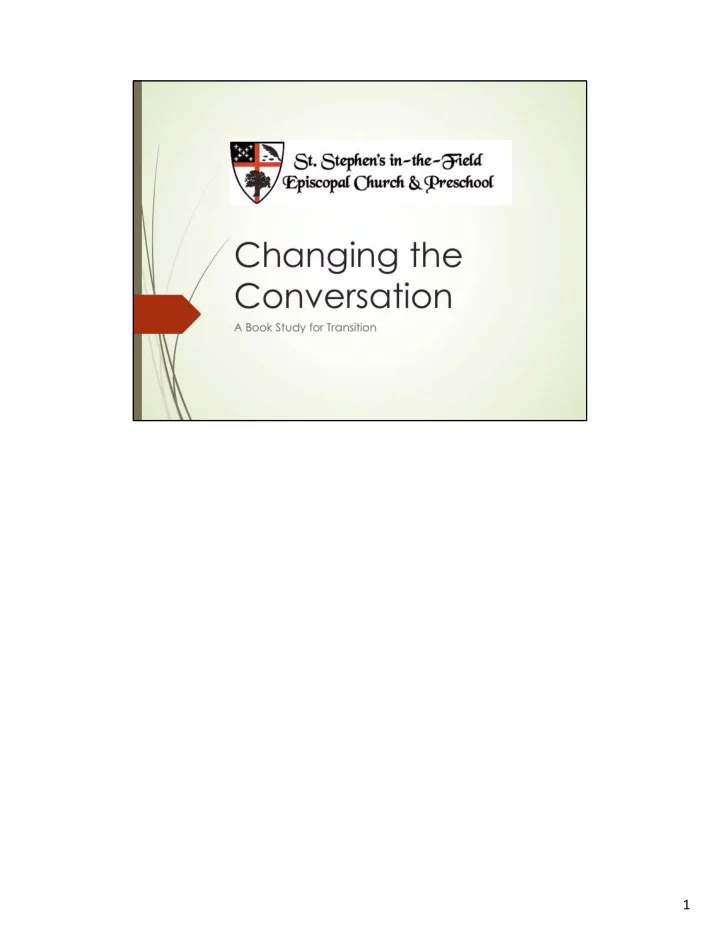

1
We can sum up the effects of Christendom by noting the following shifts in key categories: 1. Conversion and formation declined because a person was Christian by virtue of citizenship, birth, and residence. This meant that the Christian faith was a social given rather than a choice or conscious commitment. 2. Christianity no longer found its primary embodiment in congregations, but in territories and nations. 3. Mission was not an inherent characteristic of every congregation that belonged to all its members; rather, mission was something done by specially designated “missionaries” in territories or nations that were not Christian. 4. The purpose of a church was to provide religious services to a particular local population. 5. The ministry of the church increasingly was performed by and belonged to religious professionals, whose role was in many ways comparable to that of civil servants or government officials. 6. Society (or culture) and faith (Christianity) overlapped to such an extent that being a good Christian and being a good citizen were equivalent, and each defined the other.Robinson, Anthony B. (2008-10-16). Changing the Conversation: A Third Way for Congregations (p. 21). Eerdmans Publishing Co - A. Kindle Edition. 2
In summary, the key factors in the religious sea change have been: (1) the gradual disestablishment of Protestant Christianity and the emergence of an officially secular society; (2) the growth in North America of other religions and the emergence of a religiously and culturally pluralistic society; and (3) the infusion of a consumer ethos — and with it, choice — into the area of religion and spirituality, resulting in the emergence of a large and ever-changing menu of spiritual choices. All in all, we’re not in Kansas anymore! Robinson, Anthony B. (2008-10-16). Changing the Conversation: A Third Way for Congregations (p. 26). Eerdmans Publishing Co - A. Kindle Edition. 3
Another way to put this, and to build on it, is to say that the purpose of the church has shifted. During Christendom the purposes of the church included: (1) being the conscience of the community; (2) serving as the instrument of aid to the less fortunate; and (3) being the center of family and community life.15 All of these made sense in their time, and they all persist in some ways; but none of them are fully adequate depictions of the purpose of the church for this new time. Today the purpose of the church is closer to that of the pre-Constantinian era: the church exists to change lives. We are in the business of teaching and living a particular way of life. The church’s purpose is to be and to make disciples of Jesus Christ for the sake of the world. Having said that, I must add that there is no one way to be a disciple, or follower, of Jesus. We do not have a predetermined outcome or mold, but we do have a direction and a purpose. Churches exist to grow people of faith. Robinson, Anthony B. (2008-10-16). Changing the Conversation: A Third Way for Congregations (pp. 27-28). Eerdmans Publishing Co - A. Kindle Edition. 4
5
6
7
Recommend
More recommend